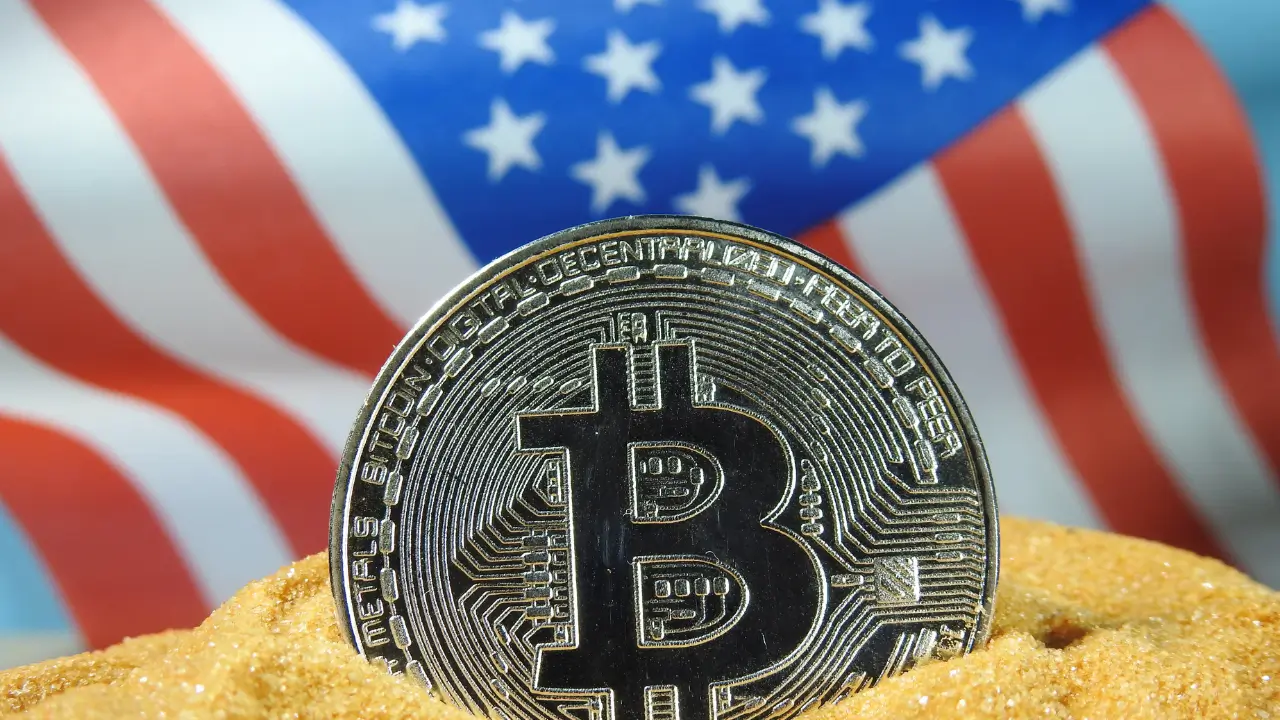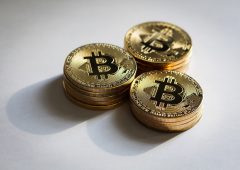Bitcoin as a Debt Solution? Riot Platform Executive Makes Bold Proposal
05.08.2024 9:00 1 min. read Alexander Stefanov
In a recent X post, Pierre Rochard, VP of Research at Riot Platform, proposed a plan for the U.S. to address its national debt using Bitcoin reserves.
He suggested that by purchasing Bitcoin and holding it for 20 years, the U.S. could eventually use these reserves to pay off its debt. This idea has generated considerable buzz in the crypto community.
Rochard outlined a three-step strategy: buy Bitcoin, hold it for two decades, and then use it to clear national debt. His proposal has ignited discussions, especially given the current economic concerns about a potential U.S. recession. He believes this approach could offer a solution to the country’s economic issues.
Some skeptics questioned the feasibility, pointing out the unknown future size of the national debt. Rochard responded with confidence, predicting that Bitcoin’s value will exceed the debt in the long run, underscoring his strong belief in Bitcoin’s potential.
Former President Donald Trump also recently suggested that Bitcoin and other cryptocurrencies could help mitigate the national debt. This statement has attracted significant interest from investors.
The U.S. Bitcoin Strategic Reserve bill has been moved to the Senate Banking Committee for further review, a development highlighted by Senator Cynthia Lummis as a significant milestone for the crypto sector.
-
1
Bitcoin: What to Expect After Hitting a New All-time High
10.07.2025 14:00 2 min. read -
2
Peter Brandt Issues Cautious Bitcoin Warning Despite Bullish Positioning
10.07.2025 20:00 2 min. read -
3
Vanguard Now Owns 8% of Michael Saylor’s Strategy, Despite Calling BTC ‘Worthless’
15.07.2025 17:09 2 min. read -
4
Standard Chartered Becomes First Global Bank to Launch Bitcoin and Ethereum Spot Trading
15.07.2025 11:00 1 min. read -
5
Bitcoin Reaches New All-Time High Above $116,000
11.07.2025 7:56 1 min. read
Bitcoin Banana Chart Gains Traction as Peter Brandt Revisits Parabolic Trend
Veteran trader Peter Brandt has reignited discussion around Bitcoin’s long-term parabolic trajectory by sharing an updated version of what he now calls the “Bitcoin Banana.”
Global Money Flow Rising: Bitcoin Price Mirrors Every Move
Bitcoin is once again mirroring global liquidity trends—and that could have major implications in the days ahead.
What is The Market Mood Right Now? A Look at Crypto Sentiment And Signals
The crypto market is showing signs of cautious optimism. While prices remain elevated, sentiment indicators and trading activity suggest investors are stepping back to reassess risks rather than diving in further.
What Price Bitcoin Could Reach If ETF Demand Grows, According to Citi
Citigroup analysts say the key to Bitcoin’s future isn’t mining cycles or halving math—it’s ETF inflows.
-
1
Bitcoin: What to Expect After Hitting a New All-time High
10.07.2025 14:00 2 min. read -
2
Peter Brandt Issues Cautious Bitcoin Warning Despite Bullish Positioning
10.07.2025 20:00 2 min. read -
3
Vanguard Now Owns 8% of Michael Saylor’s Strategy, Despite Calling BTC ‘Worthless’
15.07.2025 17:09 2 min. read -
4
Standard Chartered Becomes First Global Bank to Launch Bitcoin and Ethereum Spot Trading
15.07.2025 11:00 1 min. read -
5
Bitcoin Reaches New All-Time High Above $116,000
11.07.2025 7:56 1 min. read


